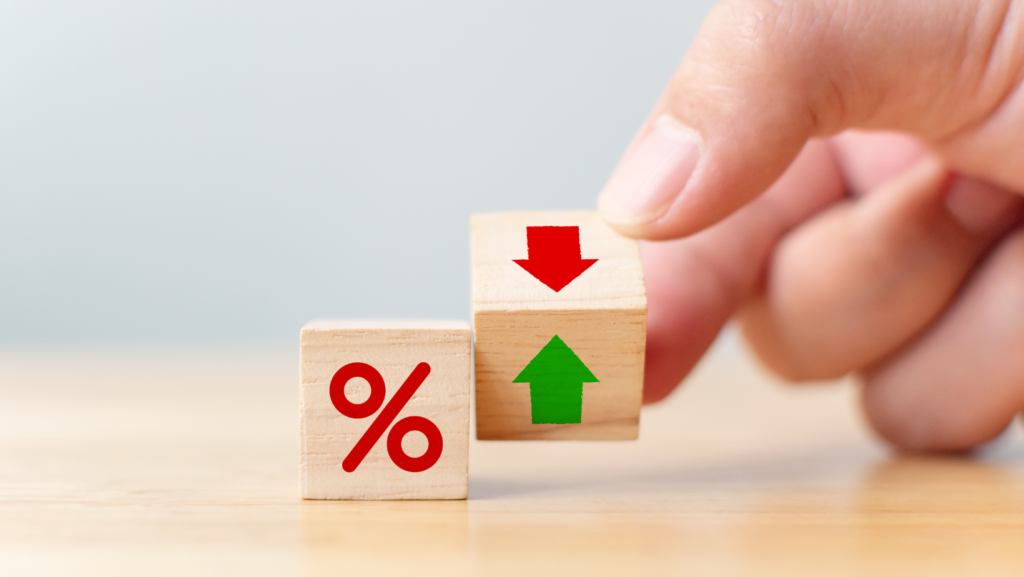📚 What is Cap Rate? 🏙️
Cap Rate, short for Capitalization Rate, is a fundamental metric used in real estate investing to evaluate the potential profitability of an investment property. It helps investors determine the property’s potential return on investment (ROI) and compare different investment opportunities.
🔢 How to Calculate Cap Rate? 🧮
Cap Rate is calculated by dividing the property’s Net Operating Income (NOI) by its current market value or acquisition cost and expressed as a percentage.
👉 Formula: Cap Rate = (Net Operating Income / Property Value) x 100
📝 Net Operating Income (NOI) is the property’s total income after deducting operating expenses (property taxes, insurance, utilities, maintenance, etc.).
🌟 Why is Cap Rate Important? 💰
Cap Rate allows investors to quickly assess the property’s potential profitability and risk. A higher Cap Rate indicates a potentially better return on investment, but it might also come with higher risks. Conversely, a lower Cap Rate may offer more stability but might result in a lower ROI.
🔍 Analyzing Cap Rate 🔬
Remember, Cap Rate shouldn’t be the sole factor when evaluating a property. Consider other factors like location, market trends, property condition, and potential for appreciation.
🔄 Cap Rate and Market Changes 📊
Keep in mind that Cap Rates can fluctuate with changes in the real estate market. As market conditions shift, so do property values and rental income, affecting the Cap Rate.
👉 Always stay informed, and work with real estate professionals to make sound investment decisions!








